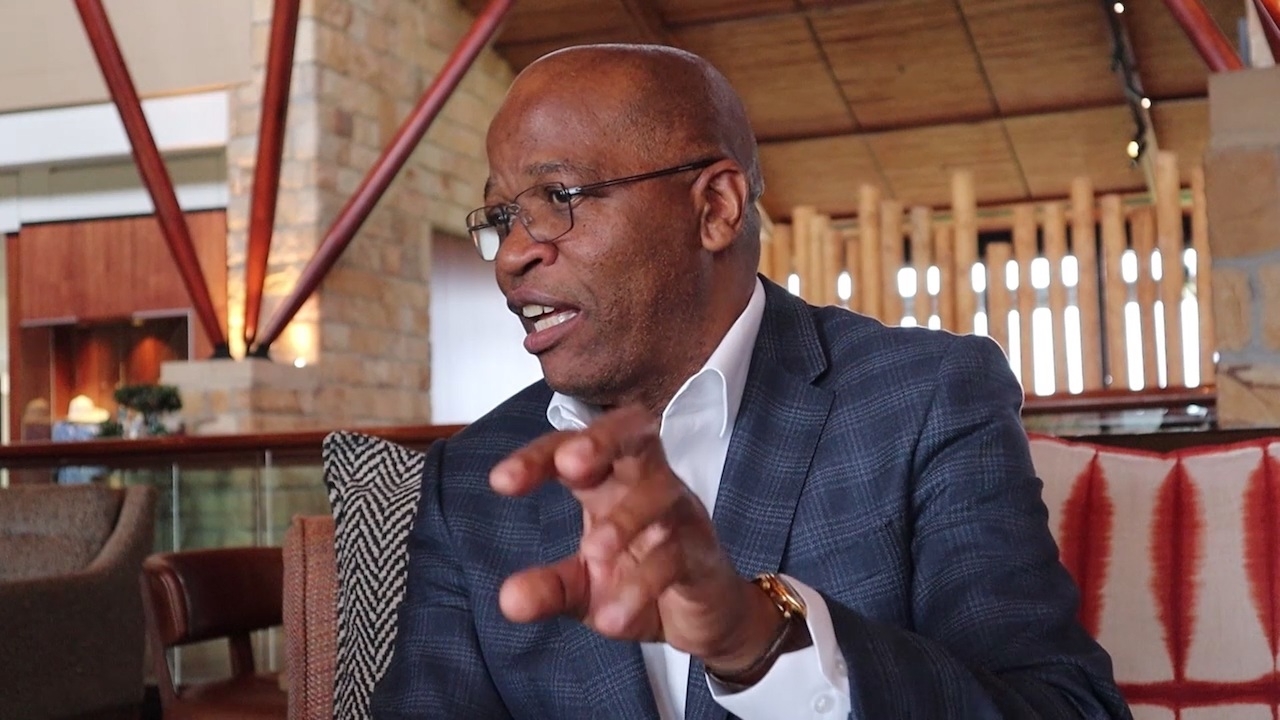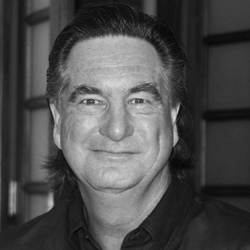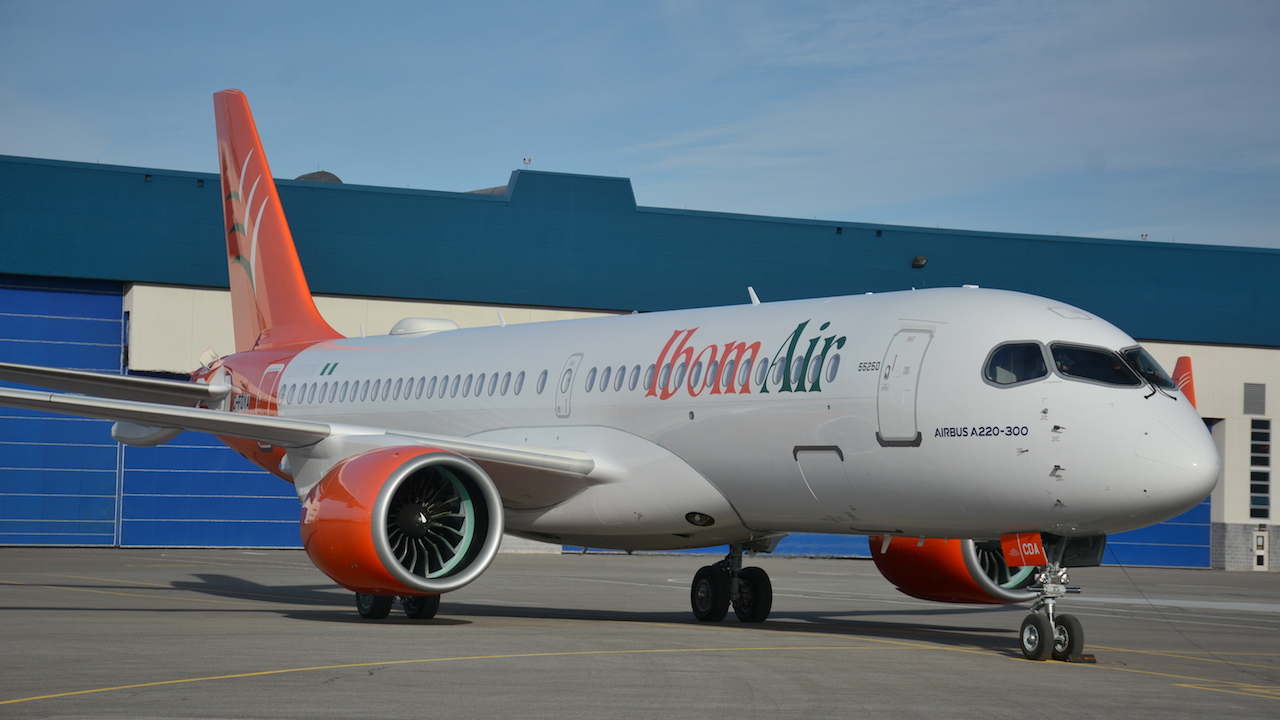Lamola faces up to the SAA challenge
Guy Leitch puts questions on recovery, funding and long haul prospects to South African Airways (SAA) interim CEO Professor John Lamola

Professor John Lamola: "We prefer existing fleet extension rather than purchasing new aircraft." Image: Robin Rabec
GL: The deal to sell a majority shareholding in SAA to a strategic equity partner, the Takatso Consortium, which will inject R3 billion in operating capital, has been long delayed.
Yes, but the Competition Commission has now given the go-ahead so we are hopeful the process is reaching a conclusion. In the meanwhile, in terms of operating capital, we have done far more than was expected and the airline is self-sustaining, partially since we went on an aggressive drive to mobilise ‘lazy cash’ within the business. This included the blocked funds held in countries like Angola, Zimbabwe and Burundi. There was more than a R1 billion due to us, and we have got in more than half of that so far.
GL: So is SAA now finally trading profitably?
We have a positive cash flow. We have an average load factor of between 70 and 80%. When SAA came out of business rescue, the business plan provided for R2 billion worth of working capital. We have been flying since September 2021 so if we were losing money we could not have run since then on just R2 billion.
GL: While SAA was grounded by Covid and Business Rescue, your competitors ate your lunch – particularly on the regional and long-haul routes. Is there still any market left for you?
The market has changed drastically over the past three years and right now a return to long-haul may be risky. However, we will be restarting long-haul operations in the second half of 2023 with our first carefully selected route, which we will announce soon.
GL: You currently only have two widebody long-haul aircraft left, an A340-300, and an A330-300. Is that sufficient to resume long-haul flying?
We may also get an A350-900, depending on which long-haul route we choose to operate, as Johannesburg-Perth will require an A350. Six new aircraft have been approved by government for delivery and there is currently a Request for Proposals out for four A320s. These will all be deployed by September 2023. We expect at least one of the six new aircraft to be a wide body.
GL: Do you have a clear fleet renewal strategy?
Our plan in 2023 is to quickly ramp up to a total of 12 aircraft, being 9 x A320s and 3 x A330s. We prefer existing fleet extension rather than purchasing new aircraft. When needed, new aircraft acquisition will be determined by how the deal with the Takatso Consortium concludes, as that transaction has a very robust business plan. If the transaction gets delayed beyond which we as the board of SAA believe is healthy, then we will start implementing that business plan ourselves.
GL: You have been good at getting the A320s that were returned to the lessors back, with their original SAA liveries and seating configurations intact. Are the aircraft lessors still keen on SAA business?
The lessors may have been prejudiced in our business recovery process, but we are not going to them cap in hand. The lessors are approaching us to do business.
GL: And finally, as the ‘flag carrier’ you still have to fulfil a political development agenda. How do you balance that with the commercial imperative of being sustainable - if not profitable?
The two goals are not inseparable. SAA is a seedbed for those who would never otherwise have had a chance to become pilots or aviation managers. Of course, this comes with a price in that a lot of taxpayers’ money has had to be put into sustaining SAA. However, we are now in a different phase and we have learned much from the past. The challenge is to balance the political and the commercial. The key thing is that there has been a major mind shift from the past to the current management of SAA.
Stay up to date
Subscribe to the free Times Aerospace newsletter and receive the latest content every week. We'll never share your email address.


